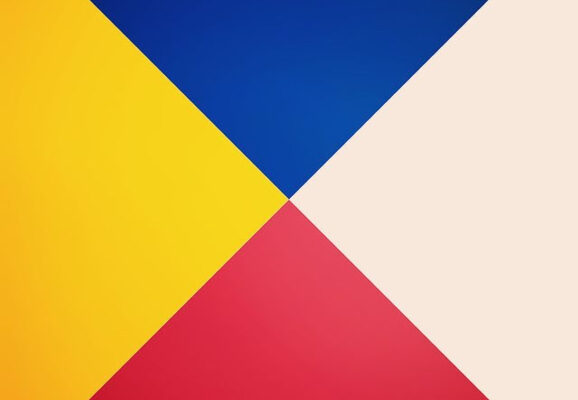Have you ever wondered whether languages like Czech, Polish, Bulgarian, Ukrainian and Croatian are so similar to each other, that two people from two distant countries can communicate without a need for a third, proxy language? They are all a part of the Slavic family of languages, but is that enough to be understood? It turns out that, although it is not always the case, some similarities are definitely there and they are enough to form a universal language, that is intuitive to speakers of all these languages.
Interslavic is a hobbyist project of an artificial language based on the characteristics of different Slavic languages. In the interview with Roberto Lombino, one of the Interslavic foundational committee members, we find out how one goes about building an artificial language from scratch, how rich is the cultural scene promoting it and whether building inclusion and gender-neutral grammar is a difficult task when the base is known to be heavily gender-dependent. On the way, we will also learn a bit about the history of Slavic languages and tools that can be used to learn Interslavic.
In times where we need a common language more than ever, Interslavic may turn out to be one of the handy solutions allowing nations to communicate and work on common goals.
If you want to learn more about the Interslavic project, check out one of the links below:
The Interslavic language portal
The English-Interslavic dictionary
The official Discord server of Interslavic speakers
Prijetno slušanje!


















